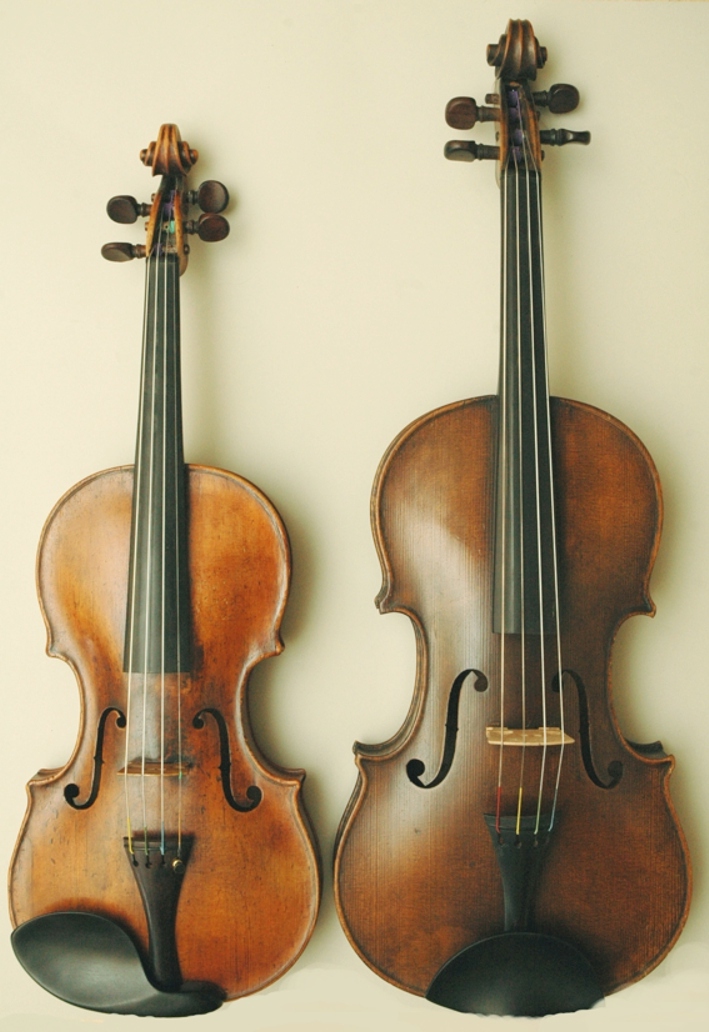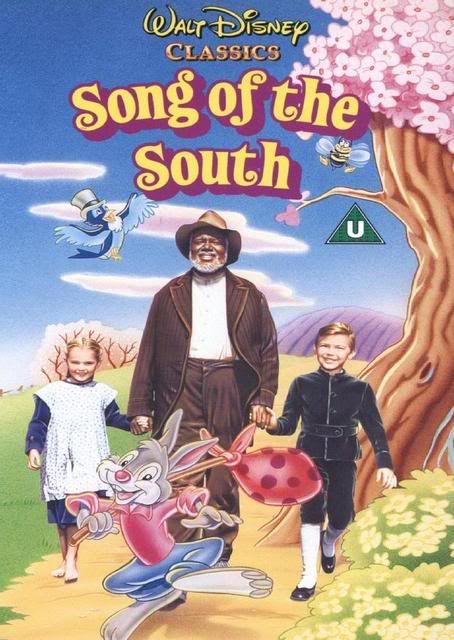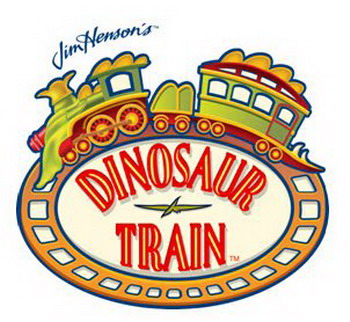 If I called you on the phone and you answered hola, then my response might be quesadilla. This started many years ago when I called my wife and she said hola. I responded with the first Spanish word that came to mind. It's been a running inside joke since.
If I called you on the phone and you answered hola, then my response might be quesadilla. This started many years ago when I called my wife and she said hola. I responded with the first Spanish word that came to mind. It's been a running inside joke since.My Spanish vocabulary is limited to a handful of words. Others include chimichanga and taco.
So today I was excited to learn a new one.
I received an e-mail notification from Groupon, the subject of Post No. 83, informing me that Los Sarapes, my favorite Mexican restaurant was offering a 50% discount on their fine Mexican cuisine. Their food is fresh, tasty, authentic Mexican. Their tequila bar is plentiful. Service is delivered with a smile. The owners can even recommend a special dish without you ever picking up the menu. And, in the spirit of full disclosure, the owner is one of my best friends. Regardless, this restaurant is a hidden gem.
The Groupon e-mail included the definition of los sarapes, which is also stated on their website as:
Los Sarapes means something that covers you and makes you feel warm such as a blanket, shawl, poncho, etc. We believe the name symbolizes us inviting you into our house (restaurant) and making you feel as warm and comfortable as you do in your own home.So with my newly expanded Spanish vocabulary, I can now ask my wife to pass me a los sarapes and a quesadilla, because my feet are cold and I'm hungry.


























